This year's Sharjah Biennial marks a spectacular anniversary — its 15th event in 30 years. Having overcome a series of pandemic-induced delays, the biennial has returned in triumphant form, with 300 artworks from 150 artists scattered across the emirate until June 11. The UAE's longest-running arts event, it has grown into one of the most eagerly anticipated highlights of the international art calendar.
Also celebrating a personal milestone is the Sharjah Biennial and Sharjah Art Foundation director Sheikha Hoor Al Qasimi, who draws not only on two decades of running the event, but a lifetime immersed in the arts in the emirate.
“Art and culture was part of my life growing up in Sharjah,” Sheikha Hoor says. “Growing up, Sharjah being a place of culture was always instilled in the people here,” she adds.
“I'd never been to any other biennial except for Sharjah Biennial. From the London Philharmonic to Shakespeare plays, I saw everything in Sharjah when I was very young." Even as she enjoyed cultural outings during trips to the UK, she says: "The moments that really moved me were when it happened at home.”
Sheikha Hoor was first appointed curator of Sharjah Biennial 6 in 2003, and has served as the event's director ever since. Determined to present a momentous event for Sharjah Biennial’s 15th outing, she originally asked Nigerian curator, art critic and writer Okwui Enwezor to curate the show.
Enwezor was renowned for using art exhibitions to bring history, politics and social issues into a contemporary global setting. Having first experienced his work at Documenta 11 in Kassel, Germany in 2002, Sheikha Hoor was immediately struck by his radical embrace of postcolonialism, and idea of “thinking historically in the present”.
Reflecting on the experience, she says: “I thought, ‘Why is it that you have to come to Germany to Kassel, somewhere that I'd never heard of at the time, to see something like this?’
“I had the privilege to fly there, but what about people back home? I would love them to see Okwui’s exhibition. That was really the starting point — how can everybody here see that?”
When it came to approaching Enwezor many years later, it turned out the respect was mutual. Sheikha Hoor adds: “He was someone I looked up to, and he respected what we did in Sharjah.
“He said it was important to think historically in the present and to think about the history of Sharjah Biennial; to think about what it meant for the region, and beyond, and how it connected to other events that were happening at the time.”
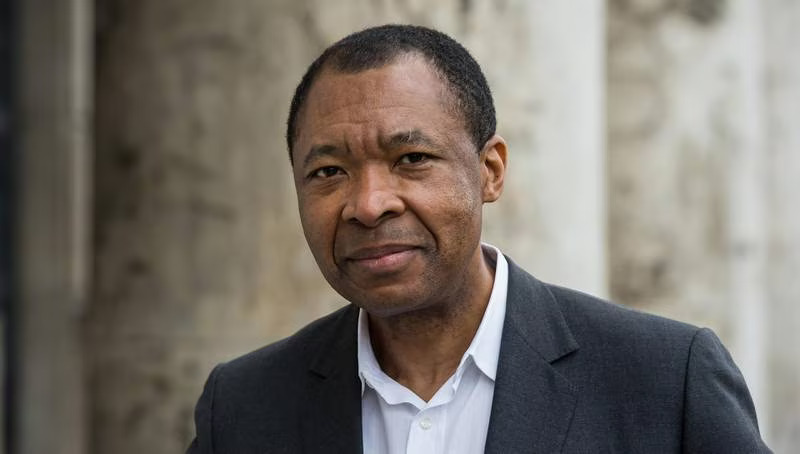
Curator and art critic, the late Okwui Enwezor, envisioned the theme for Sharjah Biennial 15. Getty Images
However, shortly after, Enwezor fell severely ill with cancer. Before his death in 2019, Sheikha Hoor visited him in hospital and asked, "What do you want me to do?". She explains: "I didn't want to make that decision, having invited him to curate and then having to make a decision on what to do with what was or was not available. And he said ‘you do it’.”
The reasoning was very clear. “The more time I spent with his messages, the more I realised that he said ‘you do it’ because he meant ‘you know what these 30 years mean and you know what this place means and you live your context’.”
Sheikha Hoor built on Enzewor’s philosophy, gathering artists from across the globe, to present a stunning array of underrepresented and invigoratingly fresh voices.
From Japanese photographer Hiroji Kubota’s 1960s photographs of the Black Panthers, to Maria Magdalena Campos-Pons’s Afro-Cuban-centred explorations of diaspora, the works are strikingly curated — simultaneously weaving collective narratives together, while juxtaposing one another within thoughtfully arranged spaces.
This year, Sharjah Biennial is spread across five cities and towns across the emirate: Sharjah city, Al Dhaid, Hamriyah, Kalba and Khor Fakkan. Sheikha Hoor collaborated with artists on 70 new works, bridging past and present, and representing a diverse range of postcolonial histories. There are also several talks and performances taking place, including film and music programmes.
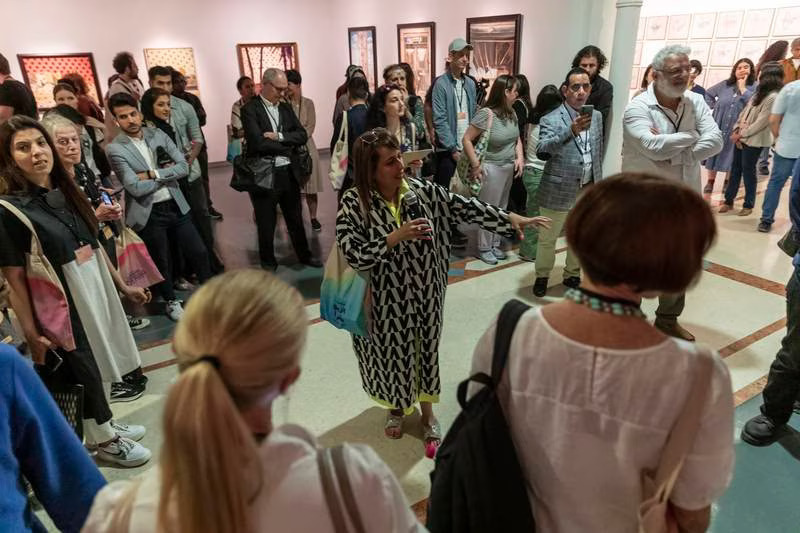
Sheikha Hoor leads a tour of the Sharjah Art Museum biennial exhibitions. Antonie Robertson / The National
Despite the distance between the various sites, Sheikha Hoor has been careful to create a sense of balance.
“When I was growing up, you’d always have a big festival in Sharjah, and then a smaller one in one of the towns. And I thought ‘that's not fair — why do people think that there's room for more intellectual activity in the main city and then less for the countryside or for the coast?’"
She adds: “Each town also has a lot of artists there, so it kind of forces you to go. But it's also introducing people to the place. Biennials are also about discovering places for people who are coming from the outside. And the people in the towns are also very proud of having these spaces.”
Many sites, such as the immediately recognisable 20,000-square-metre Kalba Ice Factory have not only been used before, but have been totally renovated for the event.
“We have venues that we've had as part of the foundation for ages, but we didn't have time or budget to start renovating. So we’d do a semi-renovation, and sometimes I've actually postponed the renovation because I wanted to use the building as a shell. But now was the time to renovate,” explains Sheikha Hoor.
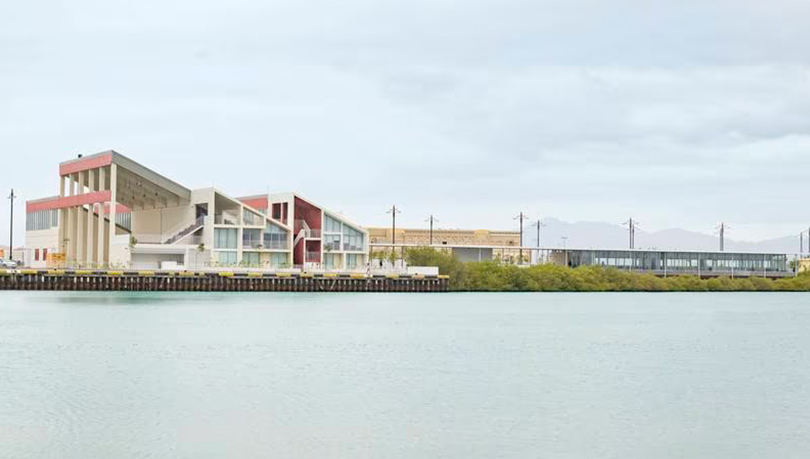
Kalba Ice Factory, pictured in 2023. Photo: Shanavas Jamaluddin
Aside from the Flying Saucer Building, other repurposed sites include a former vegetable market, medical clinic and kindergarten. With venues ranging from historical sites to modern landmarks, the programme weaves a tapestry across various pockets of Sharjah's history and its landscapes.
“There are many buildings that may have been demolished if we hadn’t repurposed them. So that was really special, that each town or city has a building that has a history and a memory there that we can also interact with.”
This year, Sheikha Hoor felt it was important to utilise Al Dhaid. “It’s a farmland area in the desert, like an Oasis town we all grew up going to. Many families have farms there that they visit for the weekend.
“There was a lot of renovation of old buildings and heritage buildings happening there. And one building that we've had for a while was an old preventive clinic. The people that run the clinic actually reached out to me and said, ‘come see our building, we want to move to a new building — but we don't want anything to happen to this building and we know that you'll look after it and look after our tree’. There's this massive tree when you enter. It’s beautiful.
“Then somebody said, ‘Oh, we're renovating this old palace there, take it,” she adds. “So there are all these little moments, but it's also about the people in the town, which is nice.
“Their children are the ones who are working as visitor guides. We hire locally. And at the same time, at one of the spaces, they’re already calling these buildings the Art Square.”
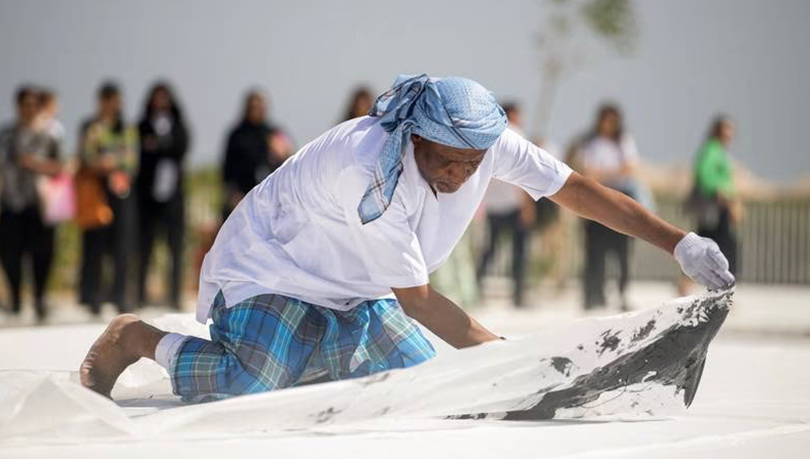
The biennial programme includes performances such as Abdulrahim Salem's The Unknown Sailor, (2023), at Kalba Ice Factory. Photo: Sharjah Art Foundation
This sense of community is a crucial part of the Biennial’s DNA. Sheikha Hoor is passionate not only about creating engaging programmes for art lovers, but finding ways to draw in all members of the community into the programme —regardless of age or background.
She explains: “I'm going to remove the lampposts to give them ample space to play, to kick balls around, to play cricket. I’ll add a water fountain here, I’ll create lights coming from the buildings." Rather than "inviting an artistic intervention," she says it's "really about us thinking about how people use this space".
“So you see a lot of these moments of ‘we should have a little playground here’. We have little nurseries, baby changing stations — we’re really thinking about who our community is and I think that's really because of the 30 years — we’re looking back, while continuing the work that the biennial feeds into the institution.”
After all, she says, the Biennial is a journey. Although the curatorial philosophy has an intellectual foundation, what is perhaps most remarkable is how accessible they are to the general public — with each exhibition conveying the biennial's broad themes in emotional and digestible ways.
When asked about the universality of the programme, Sheika Hoor says: “I think you have to look at how different people experience the work and not look at it from top down.”
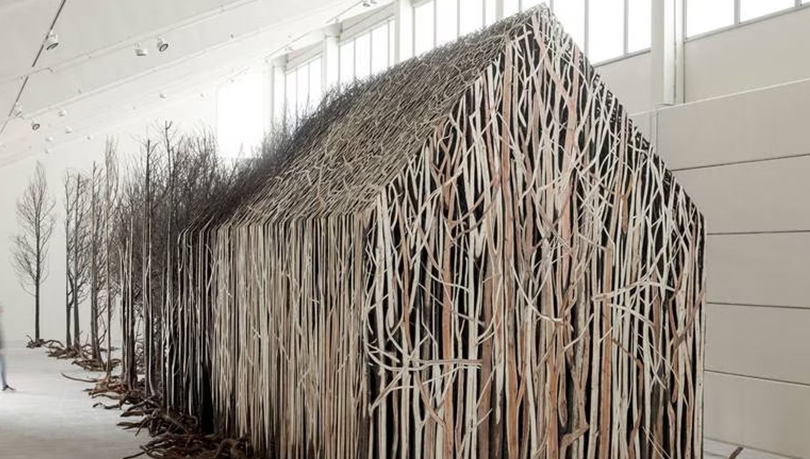
Sheikha Hoor has a fascinating approach to curating artworks around unexpected locations. Located at the Kalba Ice Factory is Doris Salcedo's Uprooted (2020–2022), composed of 804 dead trees and steel; 3000 x 650 x 500 cm. Photo: Sharjah Art Foundation
Over her life, Sheikha Hoor has been able to experience art from several perspectives — visitor, artist, curator and director; which has given her a unique insight. “Meeting a lot of curators and artists, through their work, influenced everything that I'm doing today. It’s been the influence of everyone that I've ever worked with, or crossed paths with.
“So for me, it was important that Sharjah is a meeting point. We did that with the March Meeting as well, because it was a crossroads where people can come and meet others from so many parts of the world.”
The theme of postcolonialism has also proved a particularly powerful bonding agent. “Sometimes, we have the same struggles, but we're so disconnected that we don’t realise that these injustices are happening in different ways.”
She adds: “We wanted to talk about places in the world that are relevant to what we're also going through and not always trying to adhere to a certain moment, you know, of building towers or futurism, but to reality.
“That reality is not about being in this echo chamber of the art world. It’s about bringing worlds together.”
Looking out over Arts Square, in the heart of Sharjah’s cultural district, she says: “Now when it gets dark, this area's full of children playing. We have this community of people who are just doing their own thing, and they know that they're all welcome to come see the shows.
“The children ask questions. So that's a generational thing. I've seen the difference within my 20 years for sure, and that’s the most rewarding part.”
Sharjah Biennial runs until June 11. More information is at www.sharjahart.org
Source: The National News

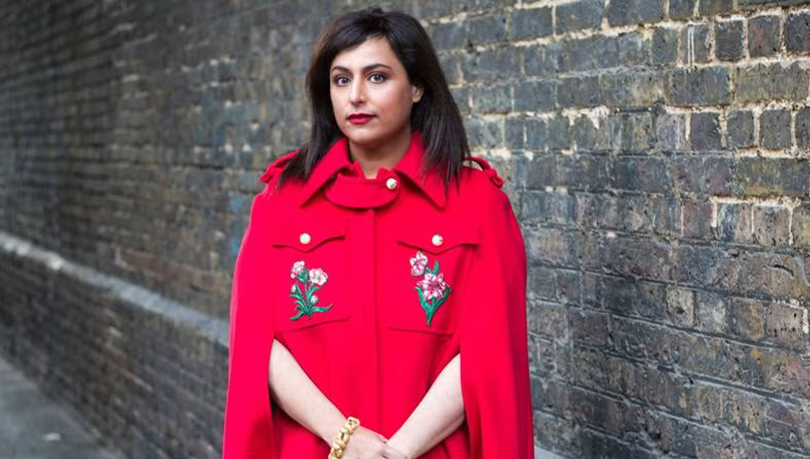

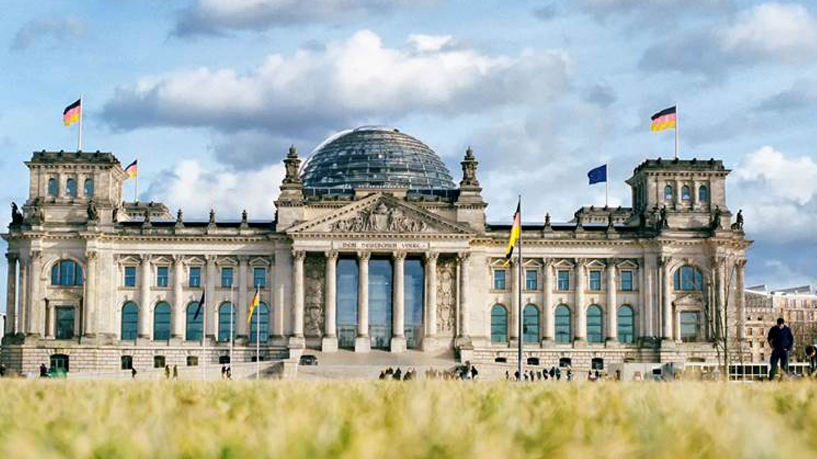
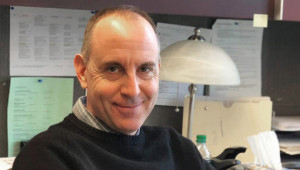
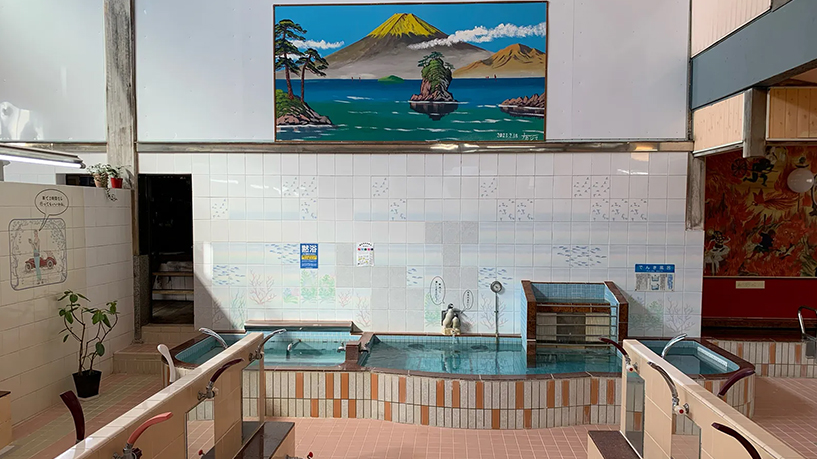
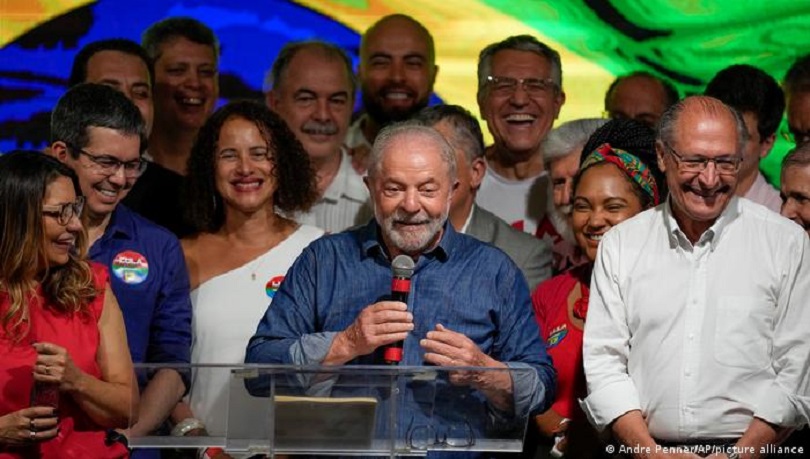
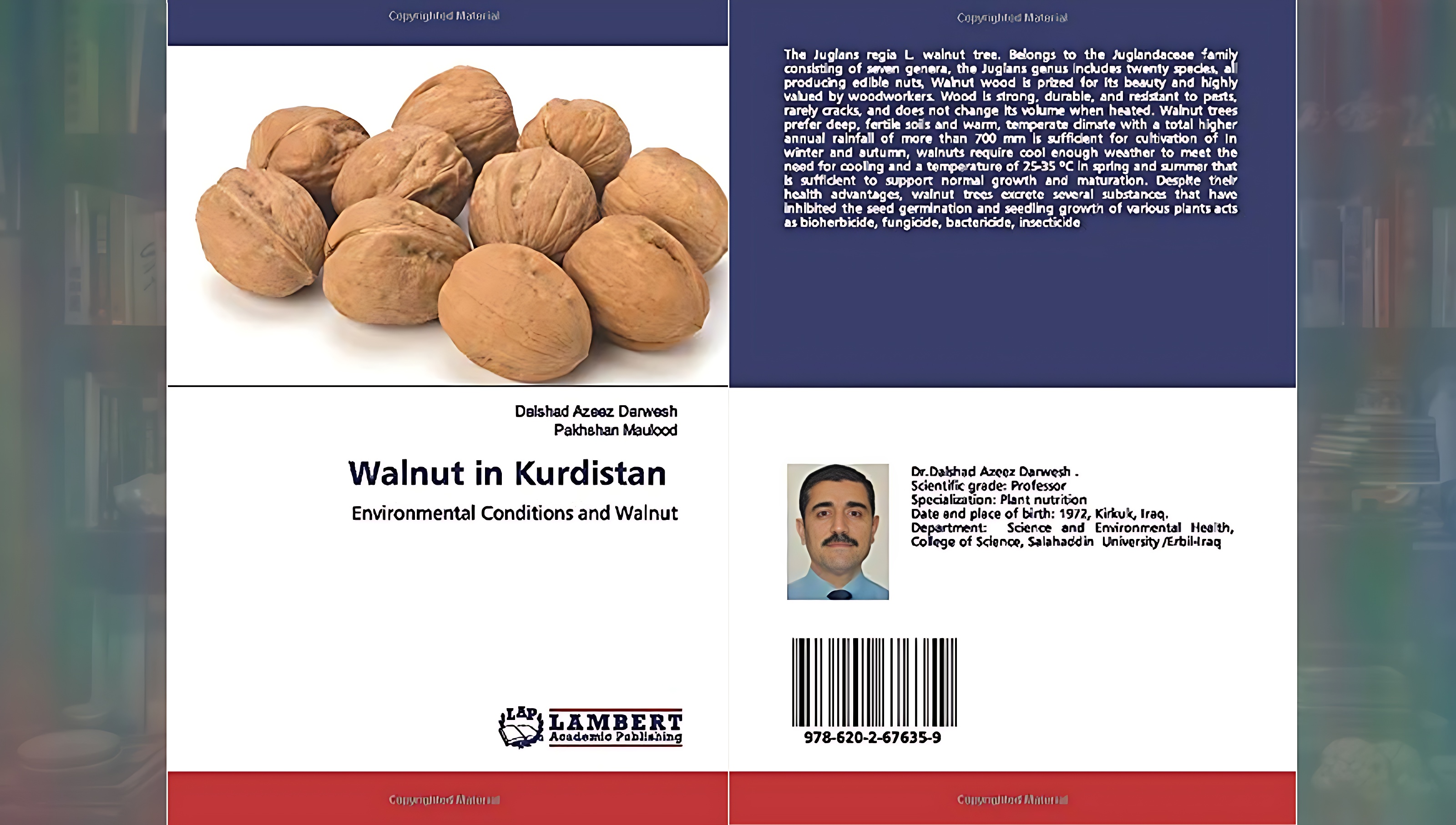

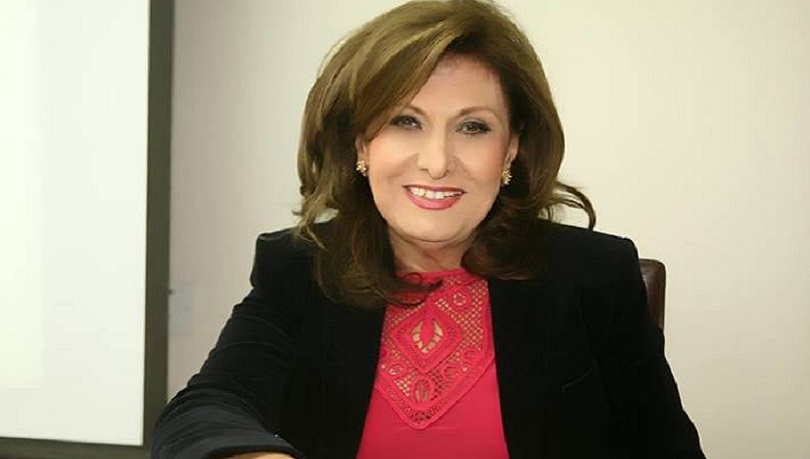
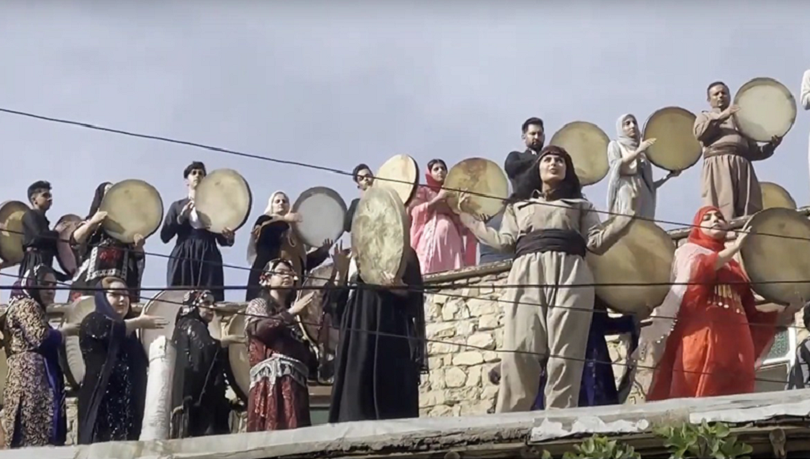
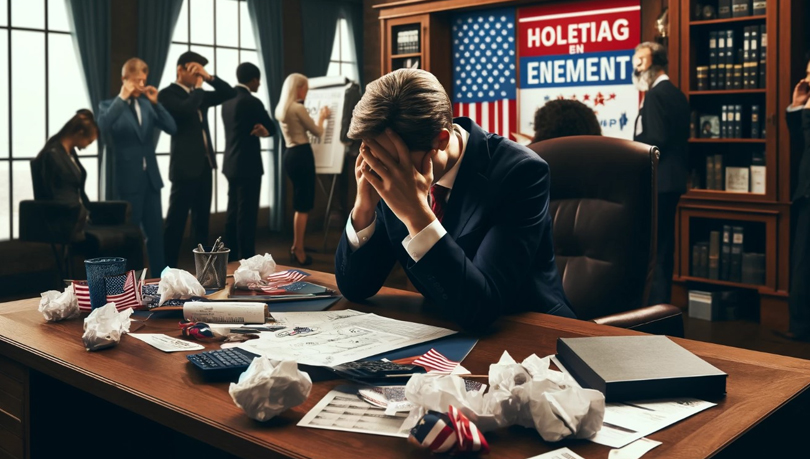

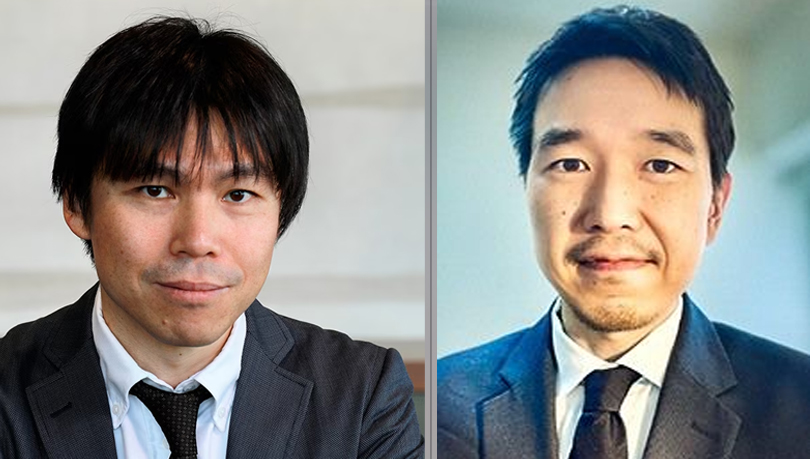
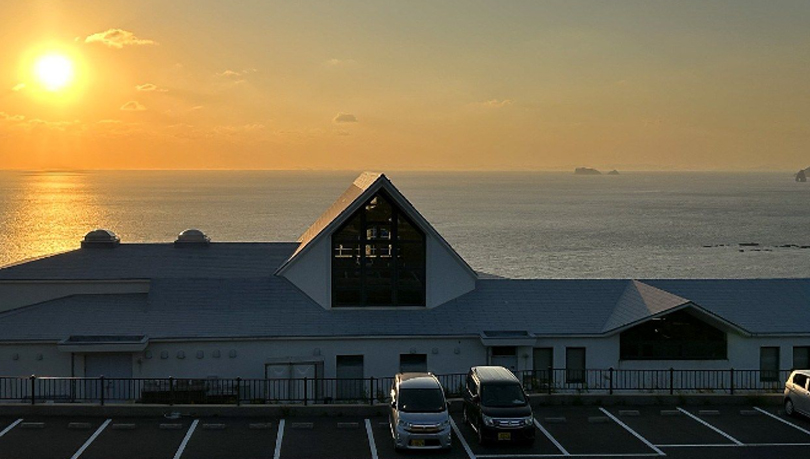
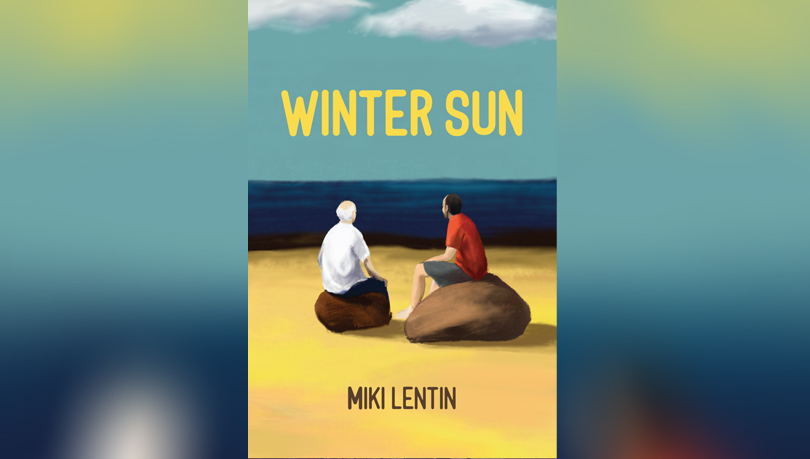
0 Comments